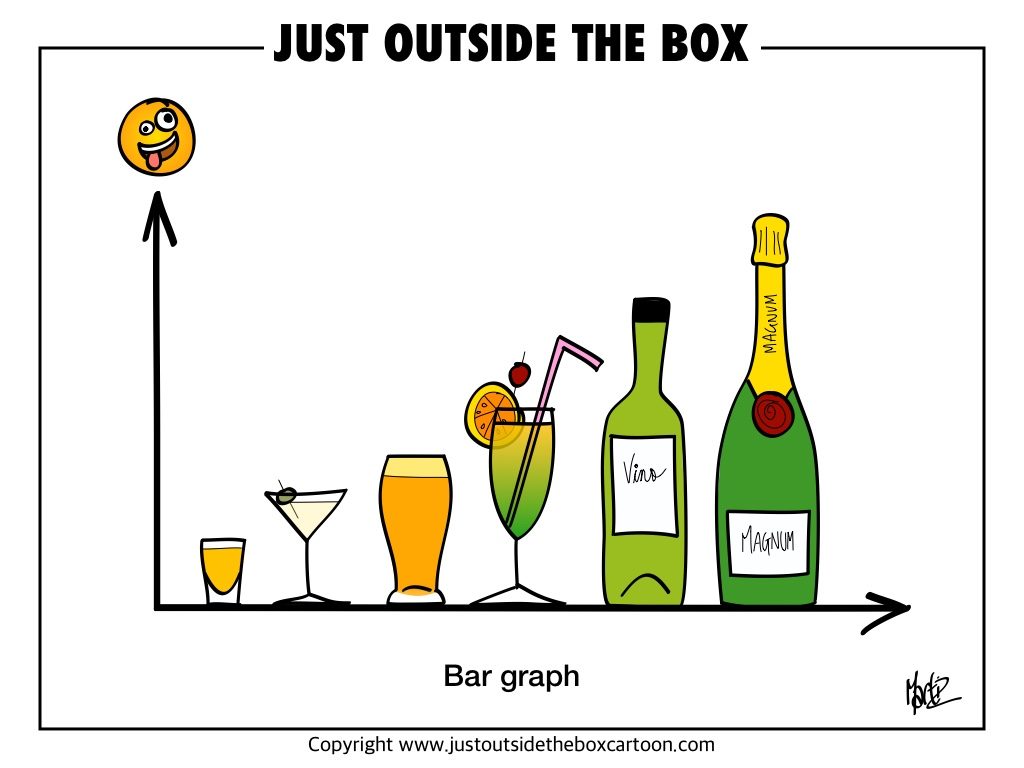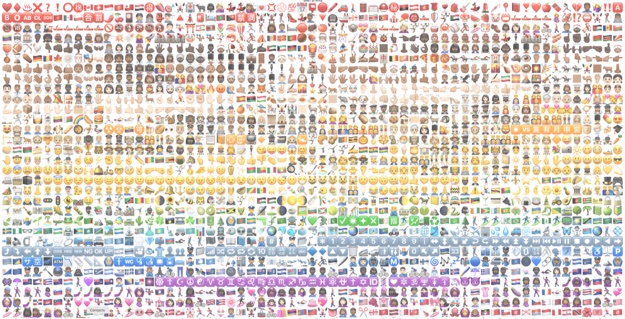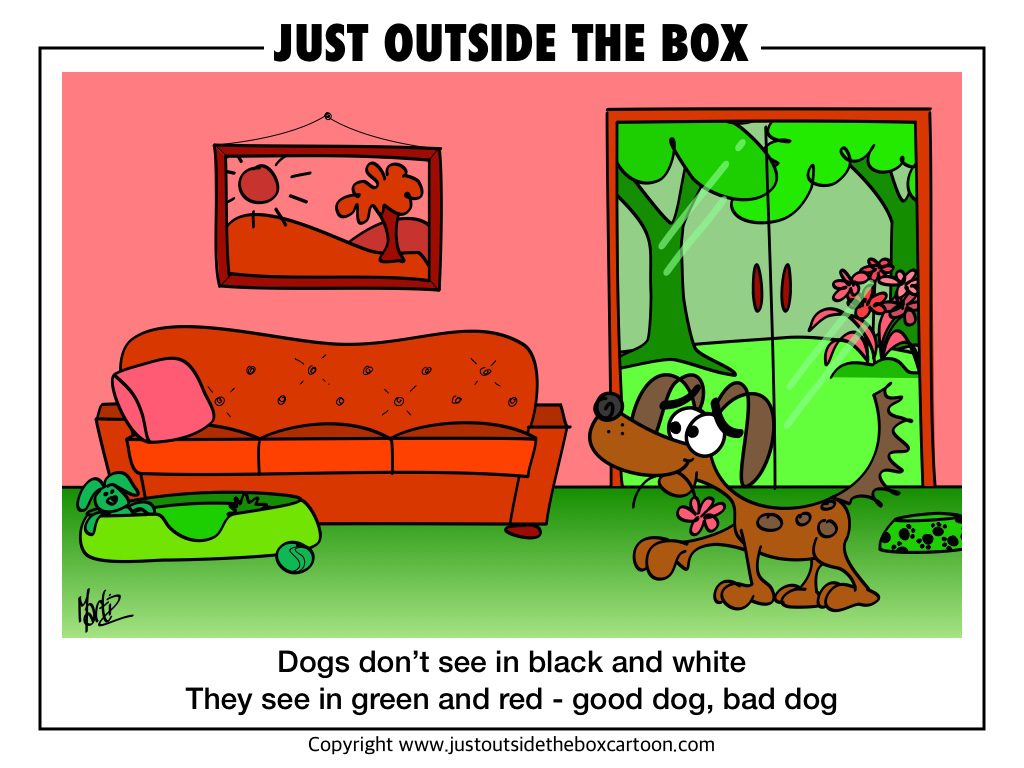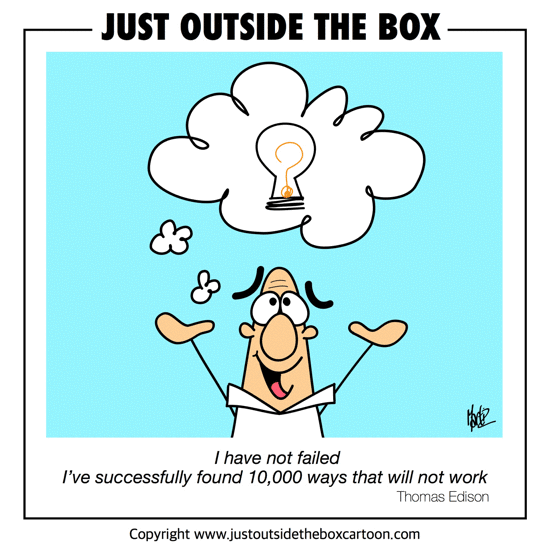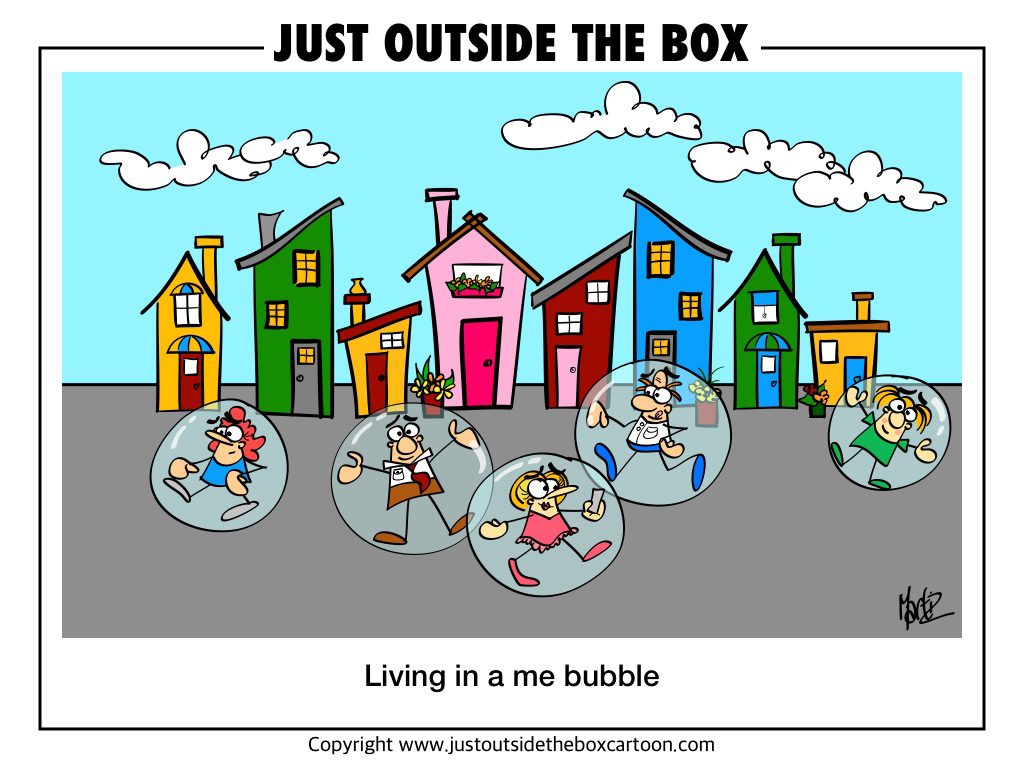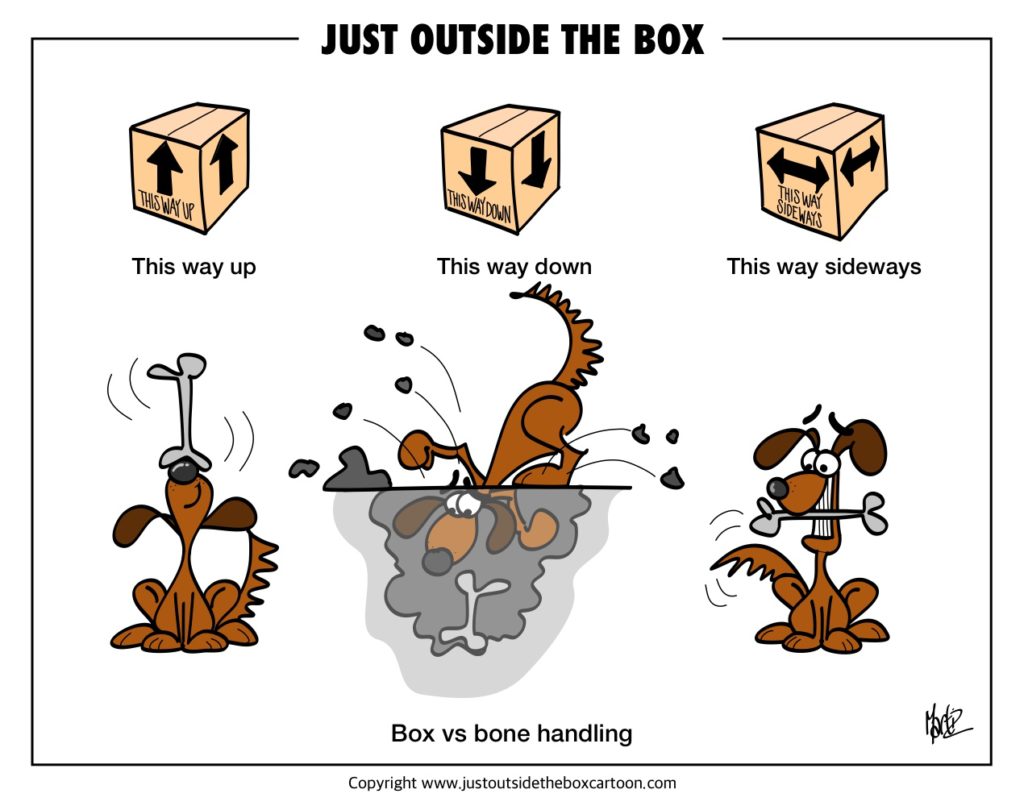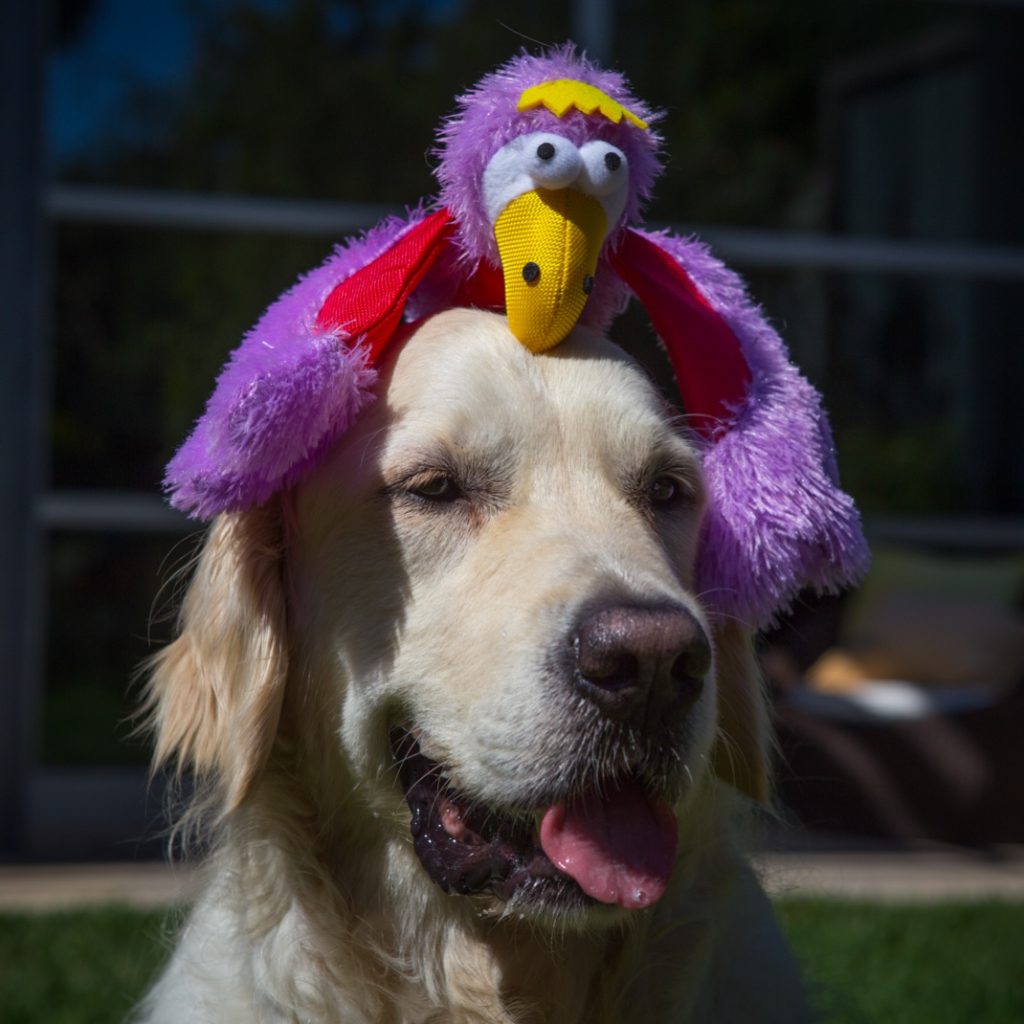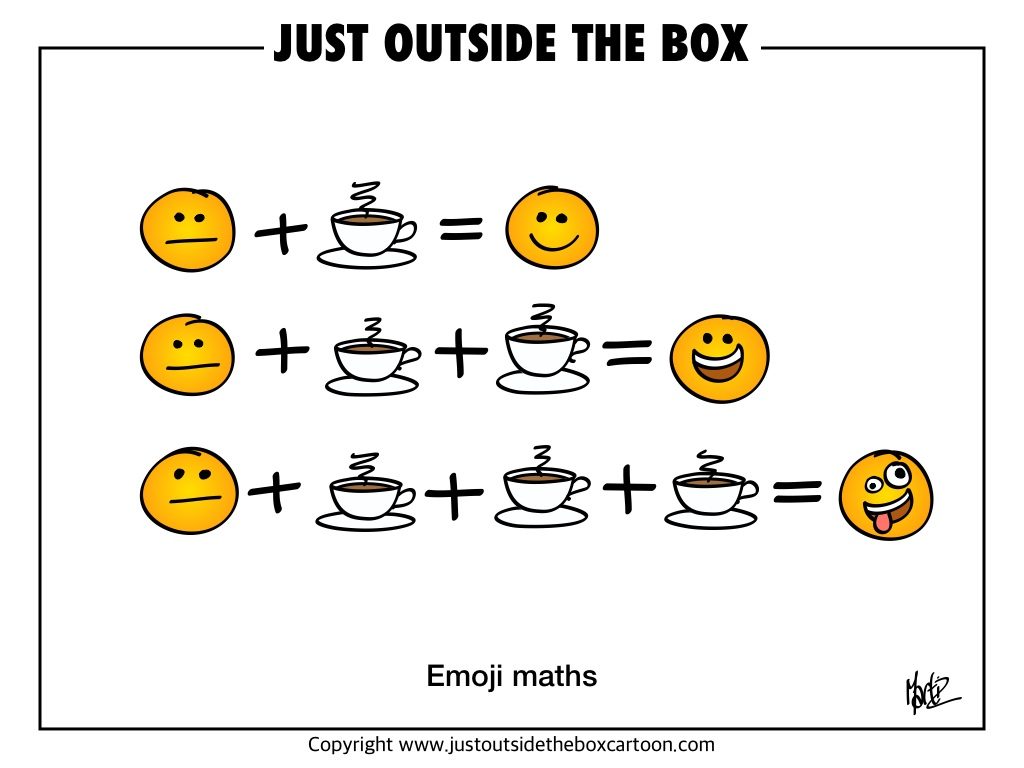 If you can do emoji maths, then you probably can do emoji art, right?
If you can do emoji maths, then you probably can do emoji art, right?
And yes, once again Google has shown me all things ’emoji art’ at the click of a button.
Check out LA artist Yung Jake who has taken emoji art to a fine art status with his celebrity portraits which typically include 15,000 to 30,000 emojis.
If you’re feeling a bit creative, then access the online emoji.ink app that Yung uses to create his masterpieces. You’ll be welcomed by the following screen of what appears to be an endless selection of emojis. Select one, and click to start drawing. then hit any key to return to the emoji selection page to change emojis. Enjoy!
It’s the age old conundrum – who came first – the chicken or the egg?
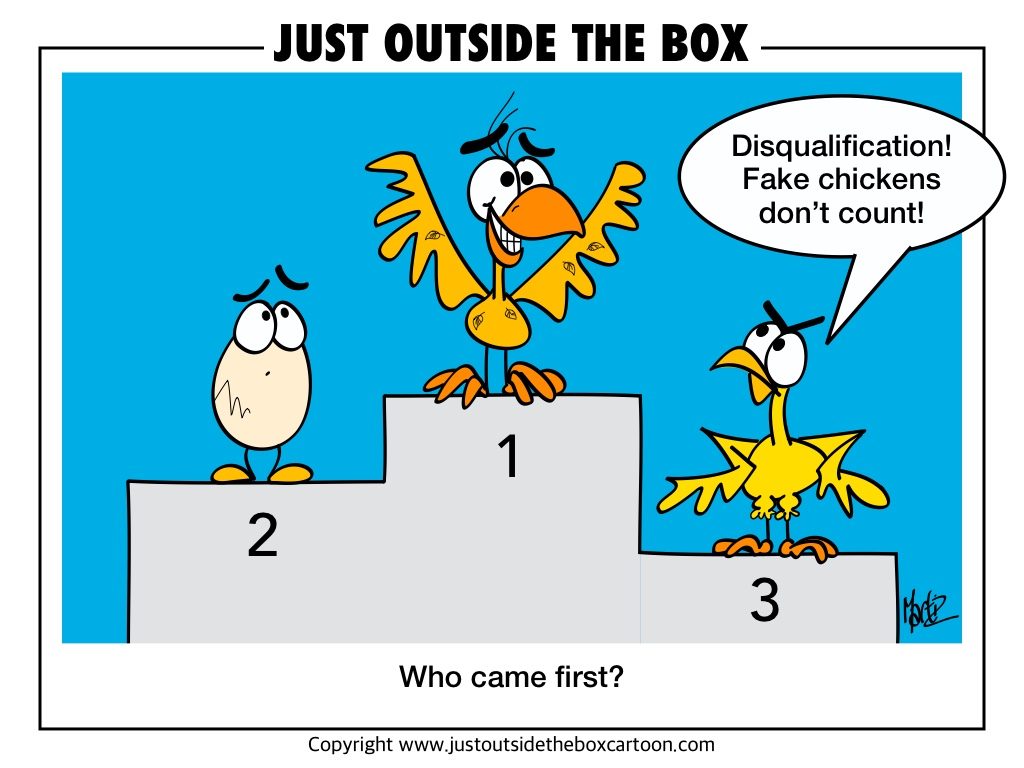
Rather unsurprisingly there is a variety of information available on this topic, but the overall general consensus is….drum roll…
….the egg and in the words of Neil DeGrasse Tyson,
“The egg came first, laid by a bird that was not a chicken.”
But is would be too easy to stop at just the words of celebrity scientist DeGrasse. Others have applied their brain matter to determine the answer, including:
The ancient Greeks – Aristotle (384–322 bc) and Plutarch (about 46–120 ad). Aristotle concluded that both the chicken and the egg must have always existed. Both believed that everything on Earth first had its being in spirit.
British scientists used a super computer called HECTor and 5 million core hours of computer simulations to prove that the chicken came first. So how did they do this? As part of their research into the protein ovocledidin-17 (OC-17) which is found only in the hard part of the chicken’s shell, the British researchers claimed that the chicken must have come first as the formation of eggs with OC-17 is only possible thanks to a protein found in the chicken’s ovaries. ‘It had long been suspected that the egg came first but now we have the scientific proof that shows that in fact the chicken came first,’ said Dr Colin Freeman, from Sheffield University.
Alice Kaswell’s experiment involved posting separately a live chicken (which under US postal laws is allowed provided certain criteria is met) and egg via the US Postal Service. She then departed for the delivery address – the James A Farley post office – a 24 hour post office in NewYork and waited patiently for the arrival. Alice reported the chicken to arrive first.
Physicists from the Queensland University and NÉEL Institute conducted an experiment in the realms of quantum mechanics and concluded that both came first (looks like we’re back to Aristotle). In this branch of science cause-and-effect is not so straightforward as being one event leading to another. Basically this means that events can happen without a set order.
So, what team are you one? Team egg or Team chicken?
The irony in the making of this cartoon, is that dogs can indeed see in colour, but not within the red and green spectrums. In fact, dogs can see yellow, grey and blue – this is equivalent to the human red-green colour blindness. Dogs only possess two colour receptors (commonly called cones), whereas humans have three, allowing them to see a broader spectrum of colours.
What can we learn for this? Well for one thing, you might be better off buying yellow or blue coloured toys rather than red or green, making it easier for the dog to distinguish it from the green grass.
Why not test the theory and throw two toys simultaneously – one blue/yellow, the other red/green – See if there is a preference.
Are you up for fun fact?
What filament material was used for Edison’s light bulb?…Drum roll…
Carbonized bamboo. If you’re like me, you probably were way off the mark, but I welcome the good company.
In the race to develop the first practical lightbulb for home use (electric street lights were already in use), inventors were using all sorts of materials to find the ideal luminescing substance. According to records, Edison’s research factory tested over 6,000 different materials before it discovered a material with the superiority of long life – when the Japanese bamboo was cut to the proper dimensions and carbonized, it incandesced for more than 1,200 hours when electrified. Nowadays, tungsten wire is used, but the average running time is about the same – 1,000 to 2,000 hours.
PS. This was a fun thinking exercise. Why not take 1 minute and scribble down as many ideas as you can think of to design a new light for the 21st century.
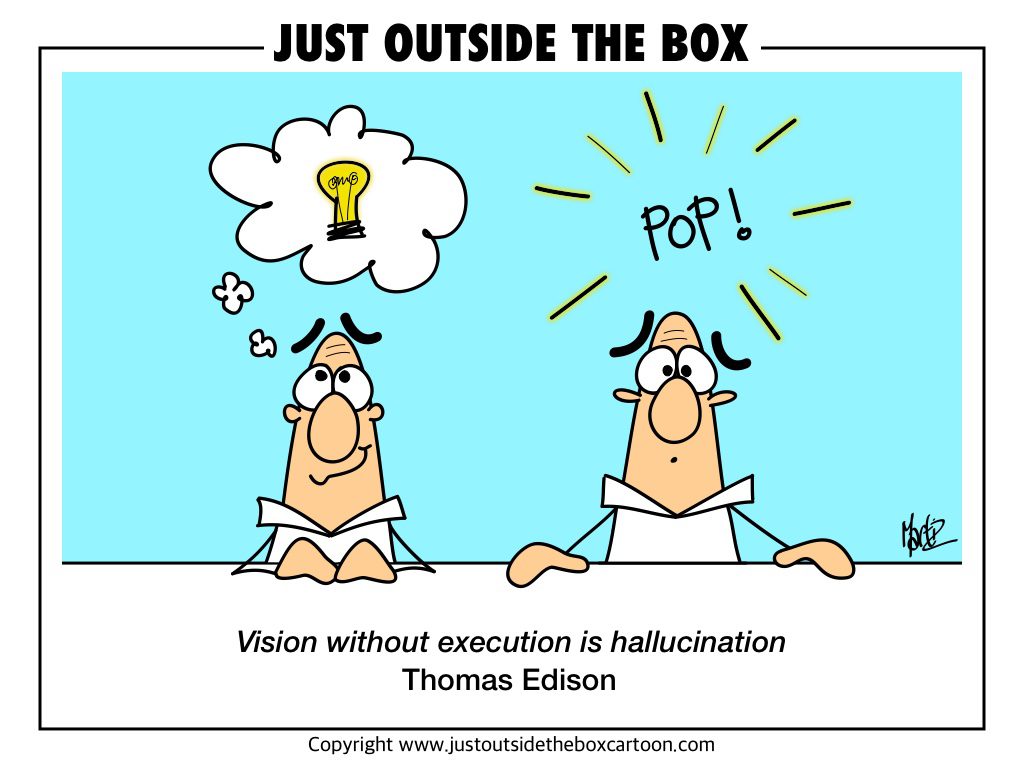 I love this quote by Thomas Edison and his life’s work truly encapsulates this sentiment.
I love this quote by Thomas Edison and his life’s work truly encapsulates this sentiment.
A prolific inventor, he lodged over 1,000 US patents, many resulting in new industries that could capitalise on his designs which specifically lent themselves to mass production. We know him for the light bulb, but he also created inventions in sound recording (phonograph), motion pictures (Kinetograph – a one person peep hole style movie viewing machine), stock ticker (transmitted stock price information over telegraph lines,), mechanical vote recorder (machine to register and tabulate votes) and the nickel-iron battery used in automobiles and other devices.
What’s your favourite quote?
This cartoon was inspired by my daily train trips to work. I remember there was a time when some passengers would strike up casual conversations, or make eye contact with regular passengers to simply say ‘hi’ to a familiar face. But now, it’s very different. Over 90% are glued to some form of technology; it’s silent and all heads are down. I sometimes think if I came in dressed in a clown suit, no one would notice.
What’s your public transport experience like these days?
We own a beautiful golden retriever called Ollie. He’s our 3rd golden and what I’ve always enjoyed about owning a pet is watching their personality develop from puppy to adult. Ollie is possibly the most tolerant, playful and goofy of our goldens. How many dogs would sit and pose for their owner in a shot like below?
What do you enjoy about your pet?
When a balloon pops unsuspectingly in real life, it can be a bit a shock to system. However, balloon popping in slow motion is really, really cool and pleasantly satisfying to watch.
Interestingly, there’s a bit of science behind how a balloon pops and it depends on how stressed it is before being popped – low stressed balloons pop along a crack line but highly stressed ones shatter into tiny pieces. Watch these two videos to simultaneously show you the difference and then watch this one (start at 1 min 30 sec mark to avoid the slow build up) to see a colourful high resolution version.
